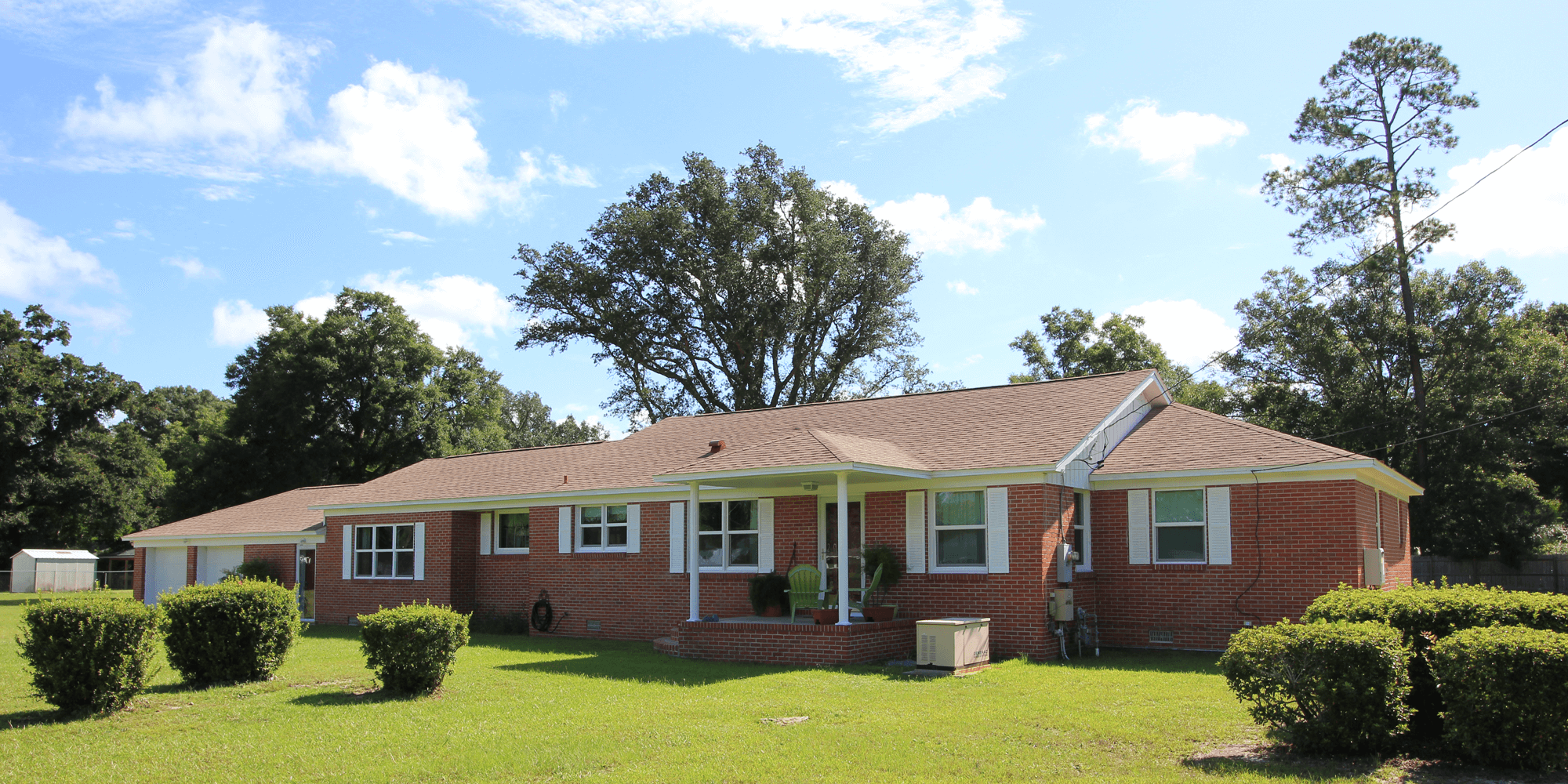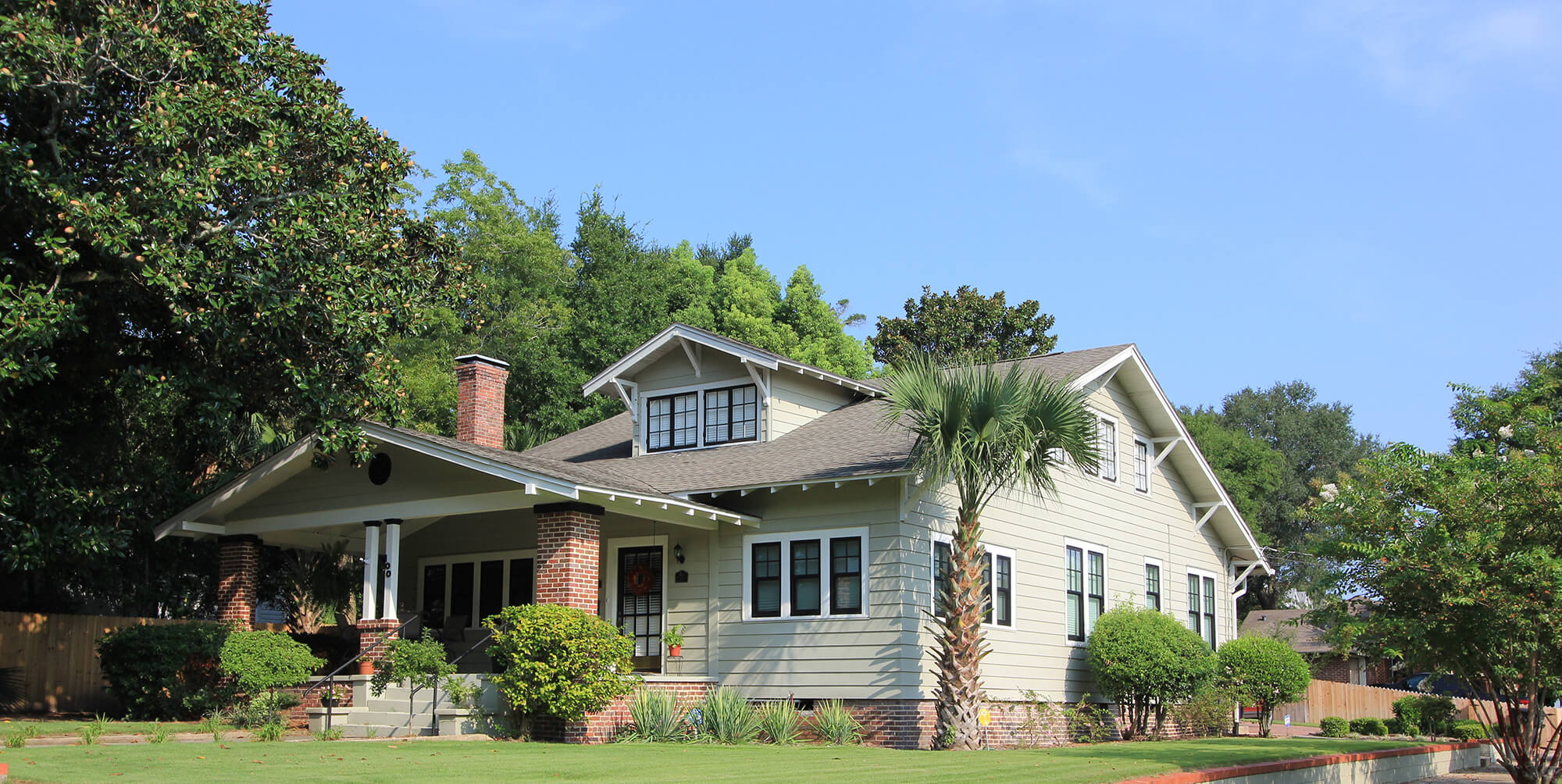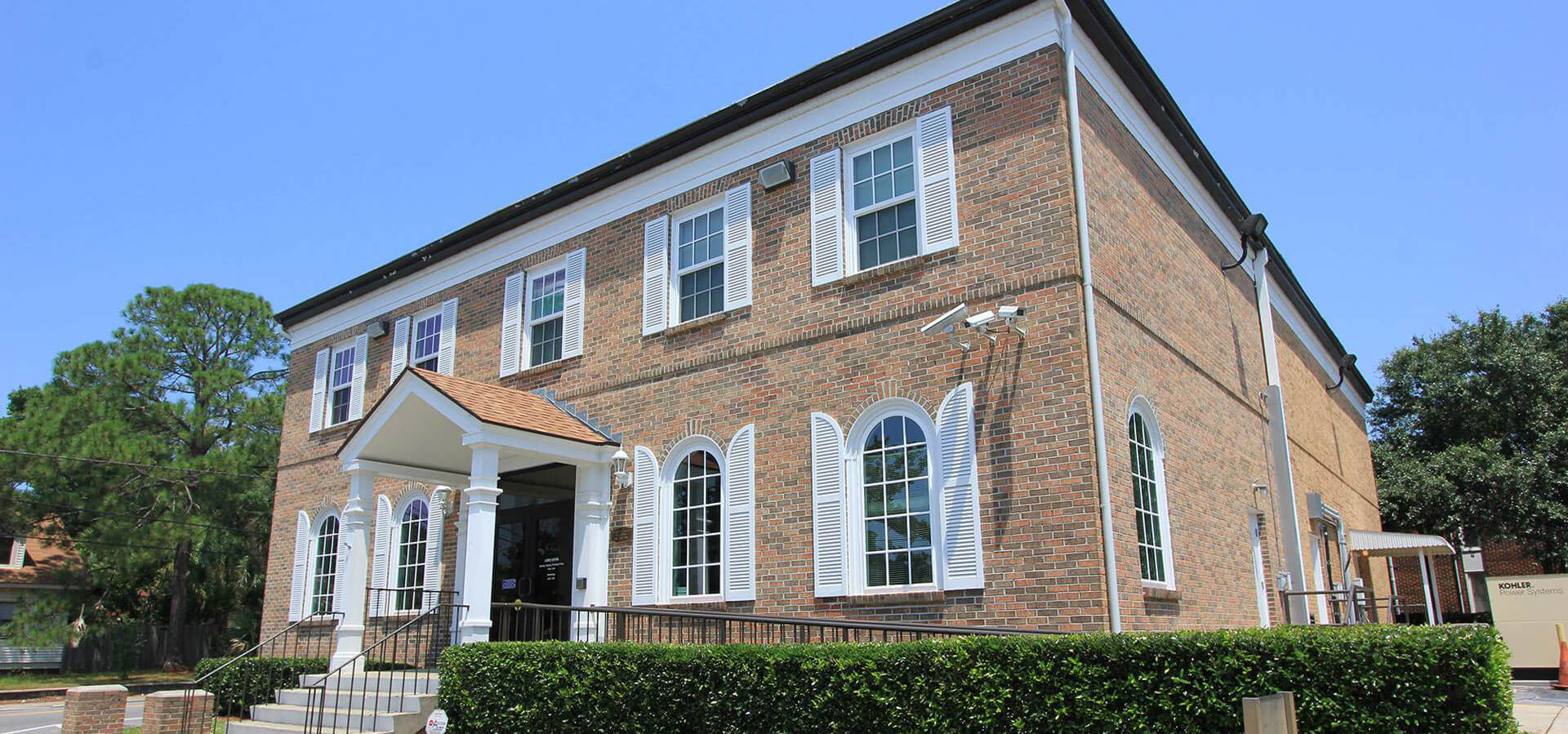Low emissivity glass, also called low-E glass, can make a big difference in the insulating properties of your windows.
As we’ve discussed in previous posts, investing in new windows adds significantly to both the curb appeal and market value of your home. Modern windows made from efficient materials and built with advanced construction techniques can make a big difference in your utility bills as well.
Low-E Glass Keeps out the Heat
The type and arrangement of the glass panes in your windows can have the biggest effect on how much heat enters your home. Older windows with single panes of standard glass can block a small amount of thermal radiation, but not much. Adding a second pane of glass can increase this ability, especially when the space between these panes is filled with an inert gas such as argon.
To provide even higher levels of protection against the sun’s ultra violet rays and heat, window manufactures offer glass with a special coating on one or more surfaces of these glass panes. One of the most effective types of coated glass is called low emissivity, or low-E glass.
Low-E coatings block a large percentage of the infrared and ultra violet light while allowing a high amount of visible light into your home. This keeps your home cooler without greatly reducing the natural light that passes through or views of your outdoor spaces.
What Types of Solar Radiation Are Blocked by Low-E Glass?
There are three types of solar radiation to consider when talking about low-E glass windows.
The first is the amount of visible light that passes through the glass to light your home during daytime hours. Low-E glass allows up to 70% of visible light to pass through, compared to approximately 79% with uncoated glass.
The second is the amount of infrared light that passes through. This is the type of light that transfers heat from the sun to the inside of your home. It causes the warmth you feel when sitting in front of a window on a bright, sunny day. Low-E glass blocks as much as 72% of solar heat, while a double pane of uncoated glass typically blocks approximately 30%.
The third is ultra violet light, which is what causes carpeting, upholstery, draperies and other furnishings inside your home to fade. This is the same type of light that causes a sunburn when you don’t wear enough sunscreen. Over time, unfiltered ultra violet light leads to fading and other damage to your possessions. Adding low-E glass windows can block a significant portion of UV light, depending on the exact materials in the coating.
Add Low-E Glass to Impact Resistant Windows
For the ultimate in protection, consider adding low-E glass to impact rated windows. This winning combination provides insulation against heat and fading while also limiting window failures from flying debris.
To learn more about how low-E glass can protect your home, call the specialists at Lee’s Glass. We are happy to answer your questions and provide a free quote to upgrade to new, modern windows.





